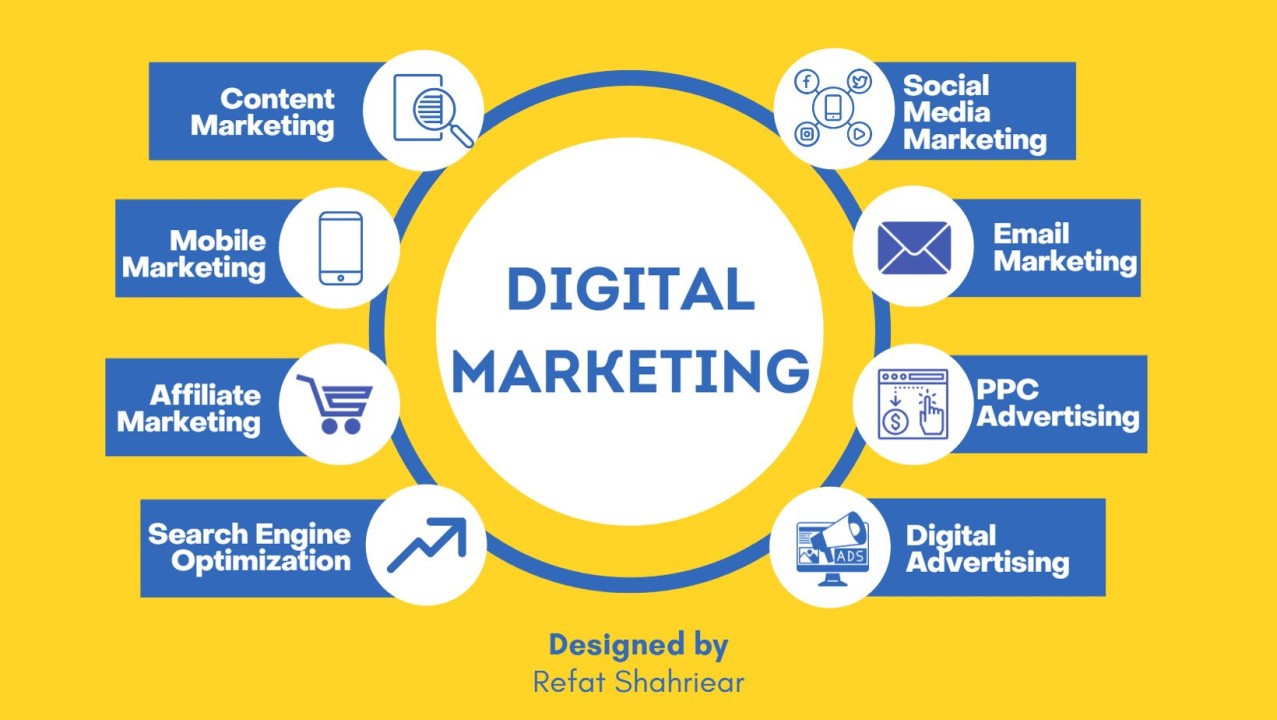Discover the Sparkle of The Ad Firm Carlsbad: Elevate Your Digital Existence Today
Wiki Article
Enhance Individual Experience and Drive Traffic With Responsive Internet Design
In today's electronic landscape, where individuals are accessing websites from a wide range of tools, responsive website design has actually ended up being a lot more essential than ever before. With its capability to adjust and effortlessly get used to different display dimensions, receptive style not only enhances user experience however also drives web traffic to your site. Yet why is this design strategy so essential? Just how does it improve customer involvement and boost internet site web traffic? In this conversation, we will certainly discover the crucial elements of effective responsive style, delve into the finest practices for its implementation, and reveal the secrets to enhancing customer experience while driving even more web traffic to your website.Why Responsive Website Design Issues
Receptive website design is a vital element of contemporary internet advancement as a result of its ability to guarantee optimal individual experience throughout various gadgets and display dimensions. With the spreading of mobile phones, tablets, and other mobile phones, it has become important for web sites to adapt and provide smooth functionality no matter the device being used.The key reason why responsive internet style matters is that it permits customers to have a satisfying and constant surfing experience, no matter the gadget they are utilizing. A responsive site immediately adjusts its layout, material, and layout aspects to fit the screen dimension and resolution of the gadget, making sure that individuals can easily browse and interact with the internet site with no inconvenience or irritation.
Furthermore, responsive website design additionally plays a significant role in seo (SEO) Look engines, such as Google, prioritize web sites that are responsive and mobile-friendly in their search engine result. By including responsive design concepts, sites can improve their presence and position, bring about increased organic web traffic and possible customers.

Boosting User Engagement With Responsive Layout
Optimizing user interaction is a key objective of responsive layout, as it makes sure that individuals can easily accessibility and interact with web site web content on any type of gadget. With the raising usage of mobile phones and tablets, it is essential for internet sites to adjust to various screen dimensions and resolutions. Receptive design makes it possible for web sites to immediately change their design and content to give a smooth individual experience across devices.Among the major methods receptive layout improves user interaction is by reducing load times. With a responsive site, customers don't need to await separate mobile versions to lots, resulting in faster accessibility to material. This better speed results in greater user fulfillment and encourages them to spend even more time on the site.
Furthermore, responsive style boosts user engagement by boosting navigation and user interface (Web Design). When a web site is created responsively, menus and switches are enhanced for touch communications, making it easier for customers to communicate and navigate with the site on their mobile phones. This user-friendly and user-friendly experience keeps users engaged and urges them to explore more of the web site
Furthermore, responsive design permits much better material presence and readability. By adapting the design and typeface sizes to various devices, receptive websites make certain that individuals can easily understand the material and check out. This enhances customer interaction by decreasing the demand for scrolling or zooming to read the text.
Boosting Site Web Traffic With Responsive Website Design
With the growing popularity of mobile tools, having a site that is responsive to various screen sizes and resolutions is necessary for driving increased web traffic. In today's digital landscape, individuals are accessing websites from a variety of tools such as mobile phones, tablets, and desktop. Each of these tools has different screen dimensions and resolutions, and if your site is not developed to adjust to these variations, it can lead to a bad customer experience and a loss of possible traffic.
Responsive internet design makes certain that your site looks and functions efficiently throughout all gadgets. By using versatile grids, fluid images, and media inquiries, responsive layout enables your internet site to automatically change its layout, content, and navigation to fit any display size. This implies that individuals will certainly have a smooth surfing experience regardless of whether they are using a tiny smartphone or a big desktop computer system.
Crucial Element of Effective Receptive Design
Effective receptive design includes a number of key aspects that ensure a smooth user experience throughout different gadgets. This enables content to be shown in a understandable and aesthetically appealing fashion on any tool.Another crucial element is media inquiries. These permit designers to use different designs and layouts based on the characteristics of the customer's device, such as screen dimension and orientation. By utilizing media queries, developers can maximize the presentation of web content for each tool, guaranteeing that it is understandable and easily available.
Receptive images are likewise important in effective receptive design. Photos that are too big can decrease page load times on smart phones, while pictures that are also small may appear pixelated on bigger displays. By utilizing techniques such as responsive picture resizing and lazy loading, designers can make certain that images are appropriately sized and enhanced for every gadget.
Last but not least, reliable receptive layout involves a mobile-first method. This implies creating and focusing on content for mobile gadgets initially, and afterwards improving the layout and increasing for bigger displays. This approach guarantees that one of the most vital content is easily available on smaller screens, while still providing a rich experience on bigger tools.
Ideal Practices for Executing Responsive Web Design
Implementing responsive website design calls for mindful consideration of different finest techniques to ensure an optimal individual experience throughout different gadgets. When implementing responsive web layout., below are some essential finest techniques to adhere to.To start with, it is essential to prioritize mobile users. With the enhancing supremacy of mobile gadgets, developing for mobile-first has become necessary. Begin deliberately for smaller sized screens and after that gradually enhance the format for larger displays.

One more crucial finest method is to enhance pictures for different display resolutions. Big images can slow down the packing time of your site, especially on smart phones with slower links. Usage receptive photos that can be resized based on the device's screen resolution to boost efficiency.
In addition, examination your internet site on various devices and display dimensions to guarantee a consistent and smooth experience. There are various screening tools available that can aid you determine any type of issues and make essential modifications.
Lastly, focus on functionality and ease of access. Ensure that your internet site is simple to navigate, with concise and The Ad Firm digital marketing clear web content. Make sure that your website comes to people with handicaps and complies with ease of access guidelines.
Final Thought
Finally, receptive web layout plays a critical function in boosting customer experience and driving web traffic to websites. By taking on responsive layout principles, websites can ensure optimum viewing experiences throughout different tools, resulting in increased customer engagement (Web Design). Additionally, responsive style can also add to higher website web traffic as it improves online search engine positions and facilitates simple sharing of web content. Therefore, services need to concentrate on implementing the crucial elements and finest methods of receptive layout to effectively meet the demands of modern users.Maximizing customer involvement is a crucial goal of responsive design, as it ensures that users can conveniently accessibility and connect with internet site material on any device. Responsive layout makes it possible for web sites to immediately adjust their format and material to supply a seamless customer experience throughout devices.
Additionally, receptive style enhances user involvement by enhancing navigation and individual interface.Receptive pictures are additionally critical in effective receptive layout. By adopting receptive layout principles, internet sites can ensure ideal viewing experiences across various tools, leading to enhanced customer engagement.
Report this wiki page